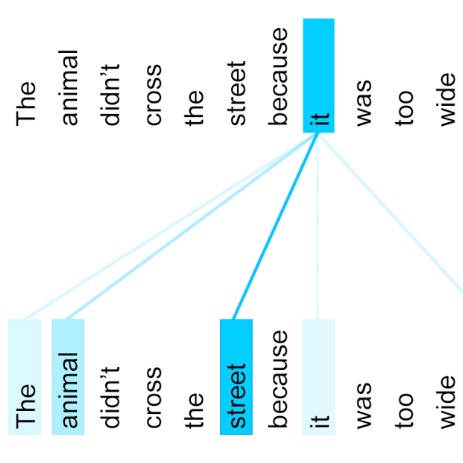Segmenting medical images accurately and reliably is important for disease diagnosis and treatment. It is a challenging task because of the wide variety of objects' sizes, shapes, and scanning modalities. Recently, many convolutional neural networks (CNN) have been designed for segmentation tasks and achieved great success. Few studies, however, have fully considered the sizes of objects and thus most demonstrate poor performance on segmentation of small objects segmentation. This can have significant impact on early detection of disease. This paper proposes a Context Axial Reserve Attention Network (CaraNet) to improve the segmentation performance on small objects compared with recent state-of-the-art models. We test our CaraNet on brain tumor (BraTS 2018) and polyp (Kvasir-SEG, CVC-ColonDB, CVC-ClinicDB, CVC-300 and ETIS-LaribPolypDB) segmentation. Our CaraNet not only achieves the top-rank mean Dice segmentation accuracy, but also shows a distinct advantage in segmentation of small medical objects.
翻译:准确可靠地分割医疗图象对于疾病诊断和治疗十分重要,由于物体大小、形状和扫描方式多种多样,这是一项具有挑战性的任务。最近,许多进化神经网络(CNN)被设计为分解任务,并取得了巨大成功。然而,很少有研究充分考虑到物体的大小,从而表明在小物体分解方面表现不佳。这可能对疾病的早期检测产生重大影响。本文件提议建立一个环境轴心保护注意网(CaraNet),与最近的最先进的模型相比,改善小物体的分解性能。我们测试我们的CaraNet(BraTS 2018)和聚苯(Kvasir-SEG、CVC-ColonDB、CVC-ClinicDB、CVC-300和ETIS-LaribpolypDB)分解。我们的CaraNet不仅达到了顶级的极分解精度,而且还显示出小医疗物体分解的明显优势。


